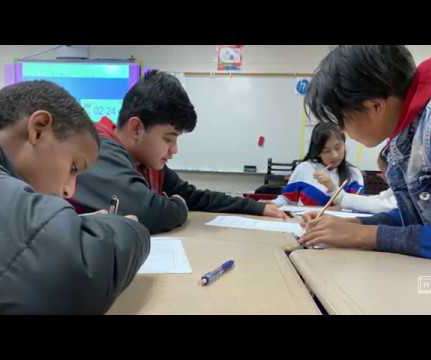The 7 Key Elements of eSpark’s Theory of Learning
eSpark
JULY 1, 2021
These elements are: differentiation, adaptivity, student engagement, direct instruction, practice, formative assessment with immediate feedback and student explanation of learning. Though the students are continually assessed throughout the program to adjust to their skills, this initial reading sets them on a path tailored to their needs.














Let's personalize your content